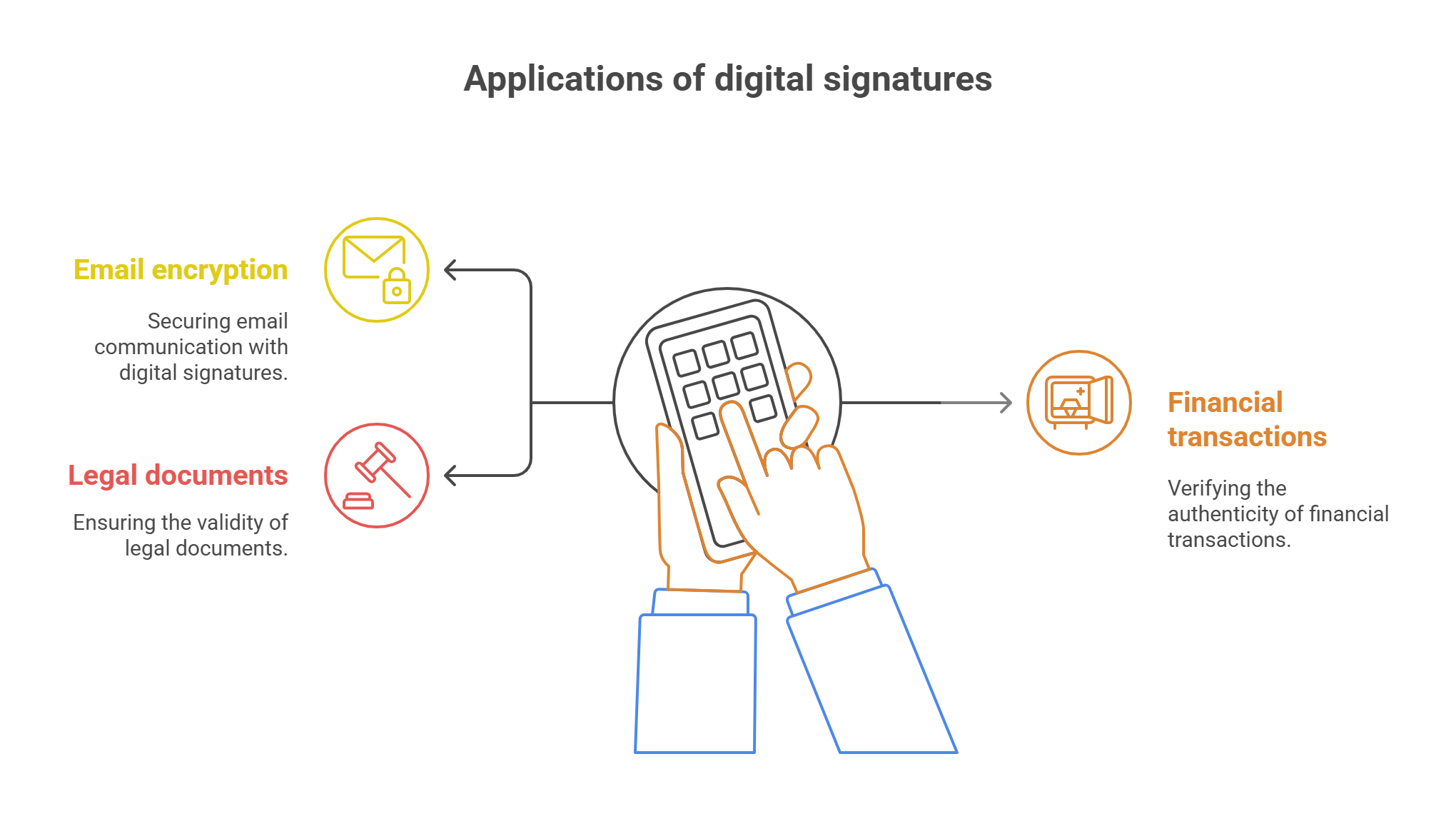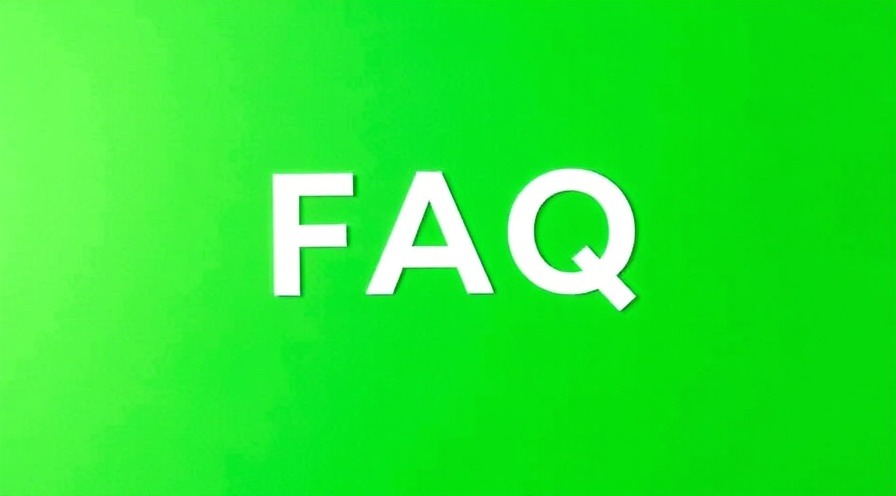
Non-Repudiation: Because ‘It Wasn’t Me’ Doesn’t Work in Cybersecurity – Master SY0-701 Like a Boss
#SecurityPlus #NonRepudiation #SY0701 #DigitalSignatures
Learn non-repudiation for Security+ SY0-701 the fun, easy way. Understand digital signatures, audit trails, and proof of origin with real examples and expert-backed insights—minus the tech-snoozefest.
What is Non-Repudiation? And Can I Use It on My Roommate? 😅
Let’s get this straight: Non-repudiation is the cybersecurity equivalent of “receipts or it didn’t happen.”
It means someone can’t deny they sent a message, took an action, or signed a file. In other words, they can’t backpedal harder than a kid caught eating the last cookie.
And yes—it’s right there in Security+ SY0-701 Objective 1.2, tucked beside the CIA Triad like its responsible older cousin.
"Non-repudiation ensures the authenticity and integrity of data by providing proof of origin and delivery, and preventing denial of involvement."
— NIST Special Publication 800-12 Rev.1
Real Talk: Why Non-Repudiation Matters
Imagine this: Someone logs in and deletes 10,000 records from your company database. Then they say, “Wasn’t me.”
With non-repudiation? You just calmly pull up the audit log, the digital signature, and the IP trace, and say:
“Sit down, Chad.”
Non-repudiation protects businesses, courts, banks, and, yes, your personal drama too—from “accidental oopsies” and “I swear it wasn’t me” moments.

How Does Non-Repudiation Work? Let’s Break It Down 🔍
Non-repudiation isn’t magic. It’s math and receipts. Here's how:
1. Digital Signatures – The Cyber Autograph
A digital signature uses asymmetric encryption. You sign a file or message with your private key, and anyone with your public key can verify it came from you.
“Digital signatures provide a mechanism for authentication and integrity, and they serve as a cornerstone of non-repudiation.”
— Bruce Schneier, cryptography guru and author of Applied Cryptography
Basically, it’s like writing your name with invisible ink that only other tech wizards can read.
2. Audit Logs – The Cybersecurity Security Camera
Logs are time-stamped records of who did what and when. If your system is logging properly, it can’t be “he said/she said”—it’s “the logs said.”
Pro tip: Tampering with logs is a whole other can of digital felony worms.
3. Message Authentication Codes (MACs)
A MAC is like a digital fingerprint attached to your message, generated using a shared secret key. It proves the message is intact and from someone legit.
So if the file shows up with a busted MAC, you know someone tried to play cyber Frankenstein on it.

Everyday Analogy: Pizza Delivery Proof 🍕
You order pizza.
The pizza guy delivers it (✅ data transmitted).
He makes you sign a receipt (✅ digital signature).
You take a selfie holding the box (✅ audit log).
You paid with your card (✅ cryptographic proof).
Now, if you say, “I never got my pizza,” there’s a trail of digital breadcrumbs proving you’re lying.
That’s non-repudiation.
TL;DR – Non-Repudiation in 20 Seconds ⏱️
Non-repudiation = digital proof you did the thing.
Uses digital signatures, logs, and cryptography.
Stops people from denying their actions.
It's a Security+ SY0-701 Objective 1.2 must-know.
What Happens Without Non-Repudiation? Chaos. 🔥
No non-repudiation = digital anarchy. Think:
Employees denying malicious activity.
Customers refuting transactions.
Hackers hiding footprints.
Without proof, security is a house of cards built on trust.
And in IT? Trust must be verified.

Where You’ll See This In Real Life
Email encryption with digital signatures – So your boss can’t deny sending that “Friday Pizza Party Cancelled” email.
Financial transactions – Because banks like to know who withdrew the money.
Legal documents & e-signatures – Hello, DocuSign and Adobe Acrobat’s signature tool.
And yes, it’s also a hot topic in cybercrime investigations and compliance audits.
Wrapping Up: You’re Now a Non-Repudiation Ninja 🥷
If someone ever tries to deny they did something in a system—and that system uses non-repudiation—just hand them the logs, smile, and whisper: “Checkmate.”
This isn’t just Security+ trivia. It’s a real-world power move in the IT world—and one that separates the pros from the “I think I clicked something?” crowd.
NEED MORE CYBER NINJA KNOWLEDGE?
Loved how we broke that down? Want more cybersecurity gems without the textbook snoozefest?
👉 CLICK HERE

FAQ
What is the meaning of non-repudiation?
Non-repudiation is basically the digital world's ultimate "receipt" – proof you did the thing, and no amount of "it wasn't me" will fly.
What is non-repudiation of the CIA triad?
Think of non-repudiation as the super-reliable bestie of Confidentiality, Integrity, and Availability. While the others handle secrets, trustworthiness, and uptime, non-repudiation is the one who always has the receipts to prove who did what. Essential for the squad!
What is integrity vs non-repudiation?
They're like two different but equally important filters on your favorite photo. Integrity makes sure the photo (your data) hasn't been edited. Non-repudiation proves you were the one who posted it and can't claim it was a glitch later.
What is a non-repudiation letter?
Aa non-repudiation letter is a formal document saying, "Yep, I did this digital thing, and I can't deny it later." Think of it as the digital equivalent of signing on the dotted line.
What is a non-repudiation in law?
Does that mean no arguing with the judge when they see my search history?
Haha, while your search history might raise some eyebrows, non-repudiation in law is more about proving you actually agreed to that online contract or sent that digital message. It's about making sure digital evidence holds up in court and people can't just say "my bad, wrong click!"
What is the meaning of repudiation letter?
A repudiation letter is your formal "nah, that wasn't me" or "that agreement's not valid." But just like hitting "undo" on a text doesn't erase it from the other person's screen, a repudiation letter doesn't automatically make your denial true. Proof still matters!
How do you prove non-repudiation?
Easy, tech sorcery like digital signatures (think unique digital fingerprints), audit trails (digital breadcrumb trails), timestamps (digital clocks on steroids), and even blockchain (the ultimate digital ledger that's super hard to mess with). No crystal ball needed, just solid digital evidence!
Why is non-repudiation a very desirable trait?
It's all about trust and accountability, fam! Imagine a world where online shopping carts could magically empty themselves or people could deny sending shady DMs. Chaos! Non-repudiation makes the digital world safer and more reliable, proving actions and holding people accountable. That's some serious digital drip.
Tags:
Non-repudiation, CompTIA Security+, SY0-701 Objective 1.2, Digital Signatures, Audit Logs, Cybersecurity Basics, Information Security, Cryptography, IT Certifications
#ITCerts #CybersecurityForBeginners #GenZTech #CompTIA #InfosecHumor #CyberSecExplained
 Add Row
Add Row  Add
Add 




Write A Comment